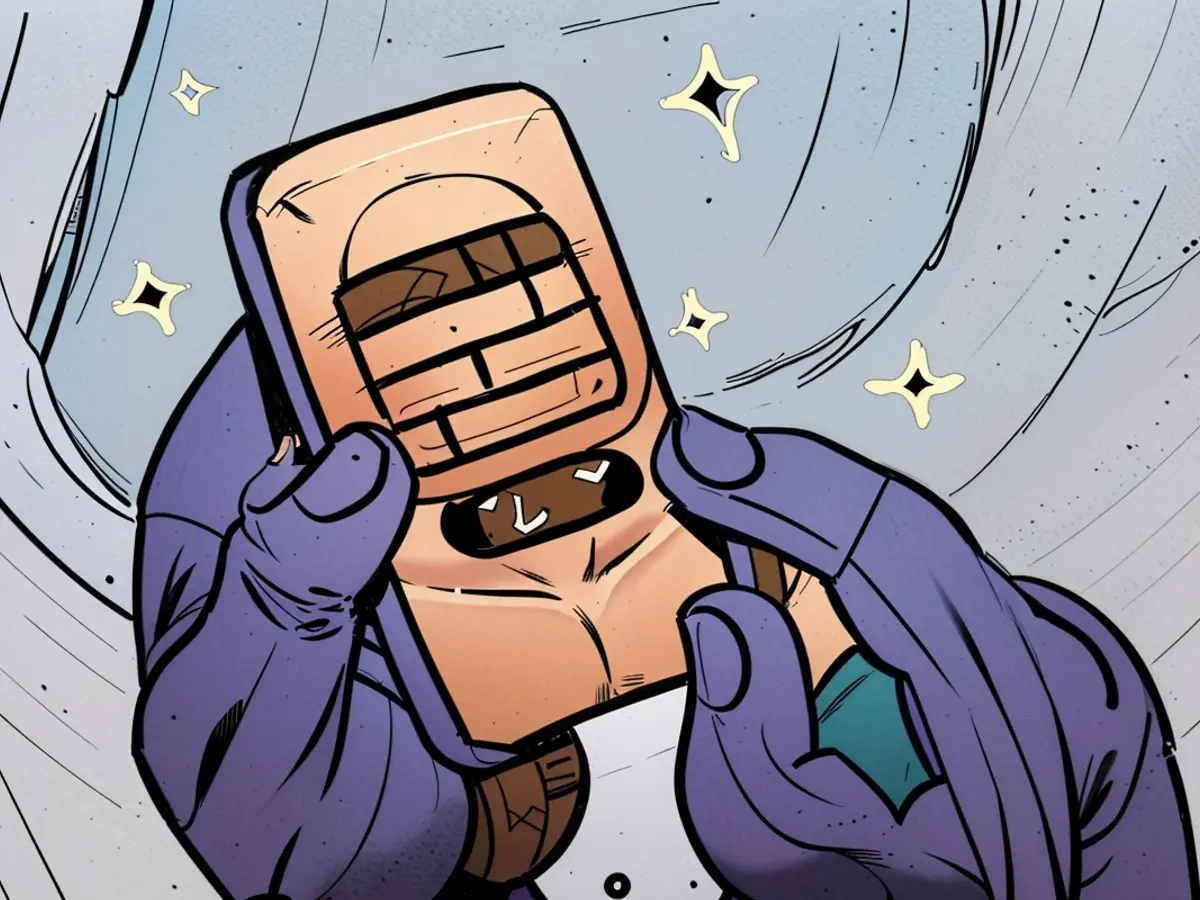Six Ways to Protect Your Fruit Harvest From Pests and Sun Damage
Every year, my stone fruit trees sprout a comforting number of cherries, plums, and peaches. But by the time I should be harvesting, 90% of it is gone. It’s as if I can hear the birds laughing at me. For every perfect strawberry, there are four that have gotten hit by pill bugs before they ripened. Our fruit is highly susceptible to local foraging wildlife, bugs, and even sunburn. Here are all the ways you can protect your fruit so it’s there for you when it’s time to harvest.
Gauze your plants
In order to get fruit, you need pollination. But once that pollination occurs, and you have unripened fruit on your trees or shrubs, you can cover it to protect it. If it’s an entire tree, you can shroud it with a veil, but for individual fruits, you can also use gauze bags specifically for this purpose. The gauze allows light through, but not bugs or birds. I prefer the bags because they’re less likely to trap pollinators or birds. I have started using the bags on my grapes because I found it made them far easier to harvest. You simply plucked the bags away, with the grapes already contained. You can protect your perfect figs or apples, too, using this method. So far, I’ve been highly pleased with the success rate and at the end of the season, I wash the bags.
Kaolin clay on your fruit trees
You can make a slurry of kaolin (a benign powder of refined clay) and spray your fruit trees with it. The clay coats the fruit in a harmless coating that deters pests by disguising the fruit. Smart bugs who can still find the fruit are going to become more occupied with grooming those clay particles off of themselves and will eventually give up and leave. The benefits don’t end there: The kaolin protects the fruit from sunburn, too. This method is more labor intensive, because you have to spray once a week to build up a suitable layer of clay. Since this method can deter the apple maggot, plum curculio, codling moth, European apple sawfly, cucumber beetle, oriental fruit moth, tufted apple bud moth, white apple leafhopper, and pear psylla, I’m going to try it for the first time next year on the apple and pear trees that bear too much fruit to sleeve in gauze.
Distract and deter for strawberries
When bugs aren’t trying to worm into strawberries from below, birds are trying to get to them from above. The birds are easily distracted by red rocks the size of strawberries, painted the same color red, spread around your berry patch. I’m amazed each year at how effective this low-effort method is. Deterring bugs, however, is a little harder. Pill bugs can be deterred by diatomaceous earth (a finely crushed plankton)—but although it’s organic, I try to avoid using it because it can harm beneficial insects in the soil, too. I’ve resorted to elevating the berries to eliminate the problem. Every spring, as soon as the berries start to produce runners, I add a hefty amount of straw to the berry bed, so the berries will sit on top of the straw once they ripen. I’ve also started to plant most of my berries in vertical planters, so they hang, rather than sit on the ground. These two methods have greatly increased my fruit yields.
Shade cloth to avoid sunburn
Sunburn has become a bigger problem in recent years due to heat domes and plants that are not prepared for that kind of prolonged direct sunlight and heat. The most effective way to protect plants is to create an overstory and understory, so your berries (the understory) are protected by trees overhead (overstory). If you can’t do this, it’s time to create some trellises or temporary structures from which to hang shade cloth. This UV-blocking fabric allows airflow but blocks out a percentage of the UV from the sun (it comes in varying degrees of UV blocking). It doesn’t harm the fruit in any way, so long as it’s not on the fruit, but hung above it, creating shade.
Plant sacrificial fruit
Though I have many blueberry bushes, I started with one large one, and I made an agreement with the birds. “You get the top; I get everything else." Now I have enough berry plants around the property that there’s plenty to share. Planting pollination stations with native berries will be a distraction for the local wildlife population.
Traps and beneficial insects
Each kind of fruit has natural predators, and they likely make traps for those insects. Check your nursery for them—they’re usually cardboard and sticky, and come with a specific pheromone. They can be hung in the area of your fruit and be changed out every so often. You can also consider beneficial insects, where you purchase the predators of the problem pest, introduce them to your garden and hope they want to stay.
Despite applying these protective measures, I still struggle with losing a significant portion of my home-grown fruit to animals and pests. Implementing a combination of these techniques could potentially boost my fruit harvest next season. After assessing my current situation, I might consider using gauze bags for specific fruits, applying kaolin clay to my fruit trees, and implementing diatomaceous earth to deter pill bugs, while ensuring it does not harm beneficial insects.








